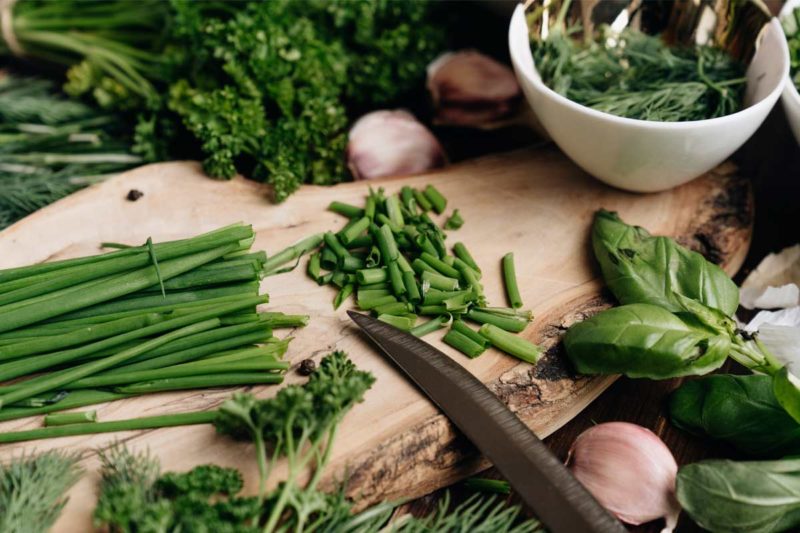They are fragrant, often slender, highly flavourful, and are the key to livening up any dish. We have a crush on herbs…. Little wonders that are clean, too.
They carry on their frail shoulders the tasks of surprising, spicing up, alkalinising, vivifying, potentiating and regulating us and our bodies. Their almost limitless powers win over naturopaths and nutritionists who are constantly extolling their merits so that you, clean addicts, embrace them. Virtually all of them, for good.
“As soon as I started to study them, I found them surprising”, says naturopath Aurélie Canzoneri. “When you don’t know anything about them, you don’t think beyond adding a few pinches of aromatic herbs here and there for flavour. Whereas they have real health benefits”. This is one of the many messages that Aurélie disseminates with her podcast on the power of plants and to her community of over 38,000 Instagram* followers.
As though shelling a pistachio, Aurélie takes a new plant and sets off on a meticulous educational and instructive exploration. Every fortnight, she presents their virtues and their sometimes unexpected uses. This aficionado of healthy, pleasurable food comes up with a medley of anecdotes, recipes and tips. Talk to her about aromatic herbs and she gets carried away: “I love them! They allow you to digest your food, and more than anything they debunk all the preconceived ideas about healthy diets. When I hear that such a diet consists of steamed vegetables with a glug of olive oil… I slip herbs into the routine and it makes all the difference! It’s even the first step towards embracing a healthy, flavourful new diet,” stresses Aurélie.
And if the first criterion is that the herbs are clean, then simply buy them locally, fresh and in season. If the herbs are dried, go for local, organic ones. Other than that, it is important to store them properly, away from dust, or in an airtight container in the fridge so that they don’t absorb odours from it.
Well within reach…
Perhaps you don’t have a garden? No problem, even! Most of these superb creatures would pretty much grow happily in a handkerchief. While some are like lizards in that they need the sun (rosemary and thyme… Hmmm, it smells like the South!), others (mint and chives) thrive in the shade of a pergola. The main thing is to put them in soil that does not stay damp, as they hate having their roots in waterlogged soil. It’s best to loosen it with clay beads to allow the water to drain away. Check the soil regularly and add a little water, without flooding it, as soon as the soil’s surface feels dry. Unlike sage or rosemary, which are very hardy and last year after year, annuals such as basil, chervil, coriander and parsley must be sown each year, preferably in spring, to get the best out of them before they wither away. So get out your pots, planters or mini vegetable garden – those herbs are just waiting to garnish your meals!
They give it their all !
Used as flavour enhancers in cooking and for their nutritional value, aromatic herbs have it all. They are very flavourful and champions of concealment… Because thanks to their strong taste, they mask the lack or very sparing use of salt. They are perfect for those with high blood pressure, who need to get used to a salt-free diet. This also works for diabetics who want to cut down on sugar! These clever bits of greenery are a real health asset because they are low in calories – only a few dozen per 100 grams. They deliver a generous amount of the following: chlorophyll (a powerful anti-oxidant that protects cells against free radicals); vitamin C (present in large amounts, about three times more than in citrus fruits, it is also an antioxidant and also optimises the absorption of iron from plants); vitamin K (which plays a major role in proper blood coagulation and contributes to the proper assimilation of calcium); potassium (a powerful diuretic); and calcium (fundamental to the formation of bones and teeth). By way of common features, they are all digestive, depurative, antibacterial and anti-infectious. Aurélie advises “When you make vegetable juice (I prefer vegetable juices to fruit juices, which contain too much sugar), add a good quantity of go-to aromatic herbs. I often use parsley and combine it with root vegetables such as ginger or turmeric. Get into the habit of drinking vegetable and herb juice before your meal – it’s an excellent source of iron and vitamin C!”
In practice, what do you do with them?
The first piece of good news is that all these plants can be grown in a small space. It’s very tempting to grow them on a balcony, but be careful not to leave them exposed to pollution or you’re liable to end up eating herbs with reduced nutritional value. If you live in the city, limit toxic exposure by growing them indoors, in pots and exposed to as much sunlight as possible. A nice, well-oriented window will do the trick. Sow them in good-quality soil and water them regularly, without waiting until the soil is dry. If the plants give generously, consume your herbs daily. But before doing so, be sure to wash them in fresh water with a little vinegar added to get rid of the dust particles around them and also to revive them in a little running water. Mix things up by sprinkling various herbs on your raw salad vegetables, salads, meat, fish, pulses and desserts. Some, such as mint, basil, coriander, sage, thyme and rosemary, are perfect for this purpose. For example, basil adds a fresh green note to pineapple. Coriander goes wonderfully with exotic fruits. Mint loves chocolate, strawberries, melon and fruit salads of all kinds. Thyme melts into the warmth of desserts such as crème brûlée, apricots with honey and crumble.
Too much… Never too much !
If you have any aromatic herbs left over, consider washing, drying (they will spoil less than if they are waterlogged), chopping and then freezing them. Store them in small plastic or food-safe cardboard containers. You can also freeze them immersed in water in an ice cube tray. When it’s time to use them, pop out however many ice cubes you want, let the water melt and your herbs are ready. They seem almost like fresh herbs!
An easy variation on this is dried herbs. Tie them in a bunch and hang them upside down away from light and heat. Or if you want them faster, put them in the oven at 60 or 80°C for 4 to 5 hours, not forgetting to leave the oven door ajar. The idea is to dry them, not cook them. Once dried and cooled, crush them with a pestle and mortar and store them in a pretty glass jar with the lid on. You’ve made an ingredient that’s perfect for mixing with salt to make flavoured salts to sprinkle on all your dishes. Another clever trick: flavoured oils. One of the favourite tricks of the chef and naturopath Angèle Ferreux-Maegth involves slipping aromatic herbs into bottles of oil. “I like making infused oils. I start by putting a bottle in boiling water for 15 minutes to sterilize it. I take it out and dry it. Then, according to one of my recipes, I slip a sprig of washed and dried rosemary in a bottle with garlic and ginger before filling it with camelina oil. There’s a variation on it, this time based on lemon and orange zests, whereby I add two slightly crushed lemongrass sticks to the mix before filling the bottle with olive oil. I screw the lids on tightly, do a taste test after 2 to 3 weeks and then, once open, keep them in the fridge.”**
Which ones make the cut ?
Not an exhaustive list, but a winning lineup of the favourite aromatic plants of chefs, naturopaths and dieticians. The twelve of them are obviously clean, i.e. always local, seasonal and preferably organic.
1. Dill – digestive
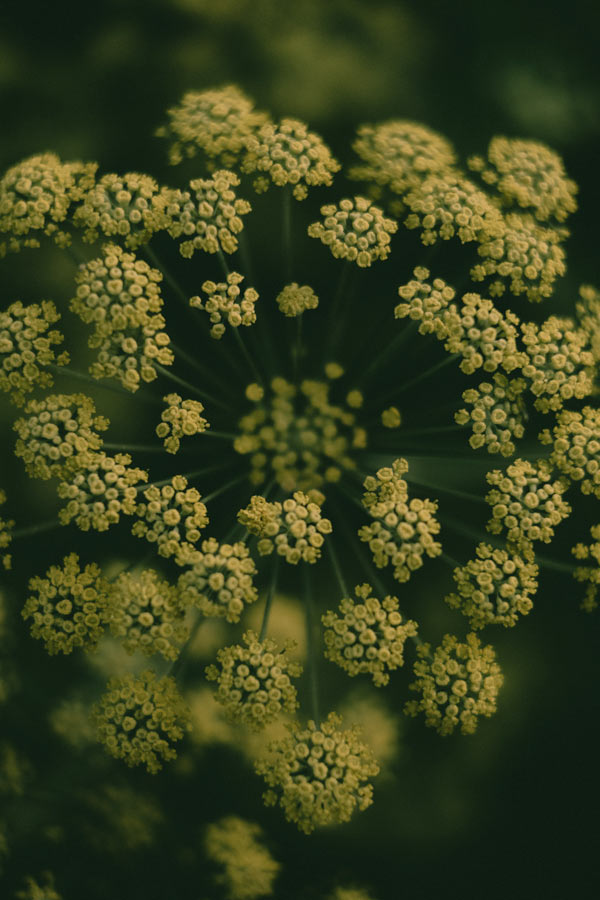
It is at its best between May and September, but you can find it all year round in the freezer aisle for those winter fish marinades. And if you immediately think of gravlax, you’re in luck. Dill, with its aniseed flavour, enhances the fatty flesh of salmon and all oily fish wonderfully. It eases digestion, helps control diabetes and provides a good dose of vitamin A, C, calcium and iron. It also has antispasmodic properties.
2. Basil – anti-inflammatory

This star of the summer lineup is at its peak between June and August. It is THE symbolic aromatic plant of the Mediterranean. If there is one plant to keep in a small pot in a corner of the kitchen, it is basil. On raw tomatoes, in ratatouille or even on strawberries, basil goes with everything.
And beyond its flavour that is so evocative of the sun, it has a great many virtues: high in antioxidants (lutein, beta carotene and zeaxanthin: a pigment in the carotenoid family), basil is also anti-inflammatory, antibacterial, regulates blood sugar levels, is digestive and calming (it is said to promote sleep). More than anything, basil is an aid for those suffering from joint pain as well as diabetics.
3. Chervil – supports the liver
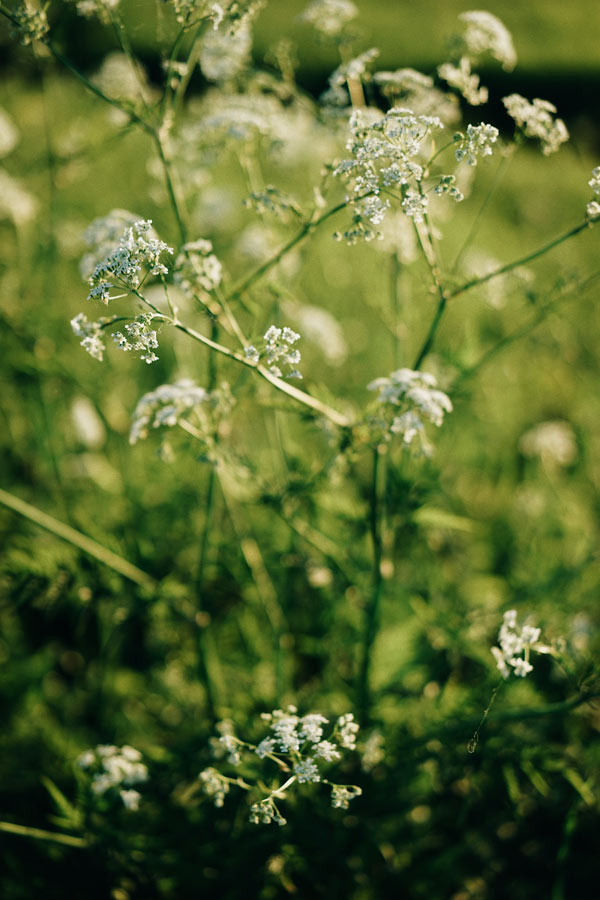
While it has been somewhat forgotten about in everyday fare, naturopaths love it all the same. From April to October, you can eat it raw to liven up sauces and vegetable juices (it’s delectable with celery, spinach and kale). This is a relative of parsley with more tender leaves. High in calcium, potassium and vitamin C, it should not be overlooked… It is depurative and diuretic. If your liver is a little sluggish, go for chervil juice or a few chervil leaves to garnish a vegetable platter or chopped over a soup, and your liver will thank you!
4. Chives – detoxifying
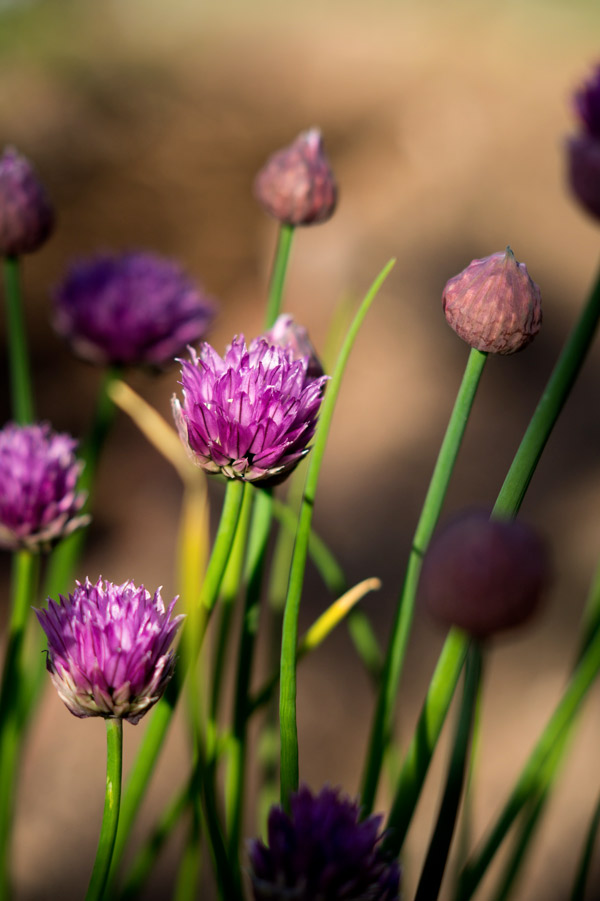
Load up on chives from April onwards and all summer long. Keep it chopped in the freezer to enjoy it all year round… With its robust nature and flavour similar to that of fresh onions, chives are a delight for salad dressing lovers, whether in vinaigrette or quark. This highly-talented plant is high in antioxidants, vitamins B9 and C and fibre, and boosts digestion. Chives are also known to relieve nascent headaches. As a side benefit, it leaves your skin looking good.
5. Coriander – tiredness-busting
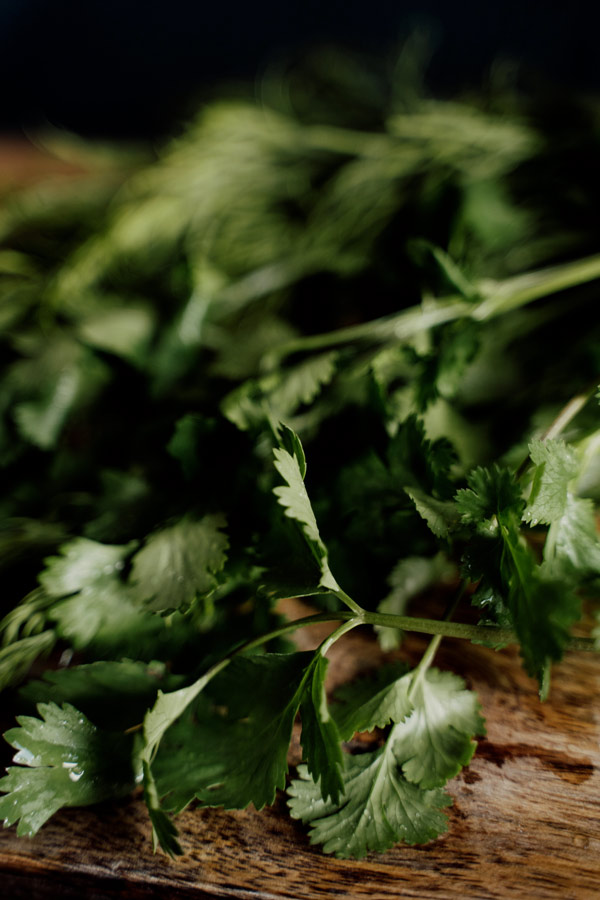
Keen long-haul travellers, listen up – this plant will remind you of Thailand, India and Asia in general. Fresh coriander is in season from July to October. When chopping it, keep its large leaves to enjoy its flavours in curries and soups with coconut milk as well as in standard soups, on which it will put a subtle twist… “It’s one of my favourites, with all its virtues: digestive, invigorating, anti-infectious, antibacterial, antioxidant, stress-busting and tiredness-busting! From a health point of view, like all the others it is high in antioxidants, potassium, phosphorus, vitamins K and C. It is particularly recommended in case of food poisoning. It regulates blood sugar levels. Coriander is also valued for its relaxing properties, thanks to its magnesium content.
6. Tarragon – bactericidal
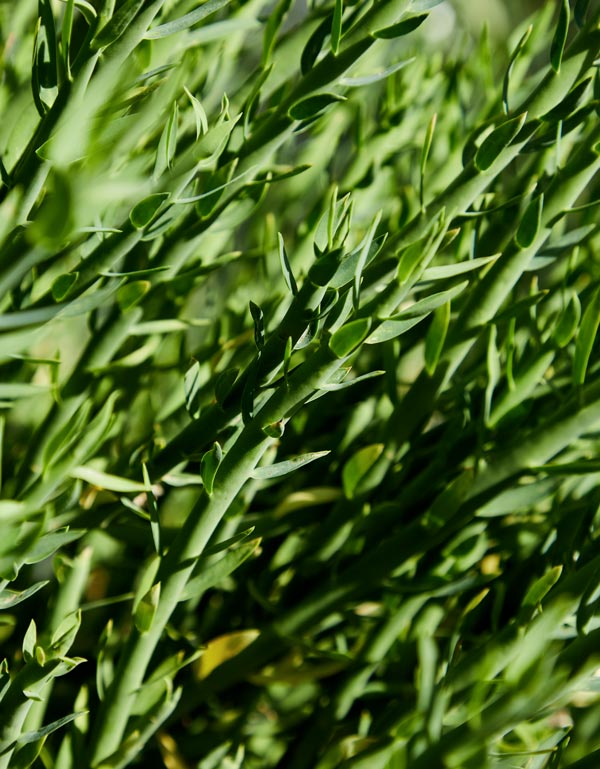
This well-known herb, with a sweet taste, is often paired with vinegar. With its long, shiny leaves, it has been one of the top ten sauce enhancers (especially Béarnaise and Gribiche) since the 1960s. Like parsley, it has been the highlight of many a Sunday lunch. While we enjoy it all summer long, we also like to have some in the freezer due to its antibacterial, diuretic and antispasmodic properties thanks to the presence of manganese, vitamin A and antioxidants.
7. Mint – migraine-busting
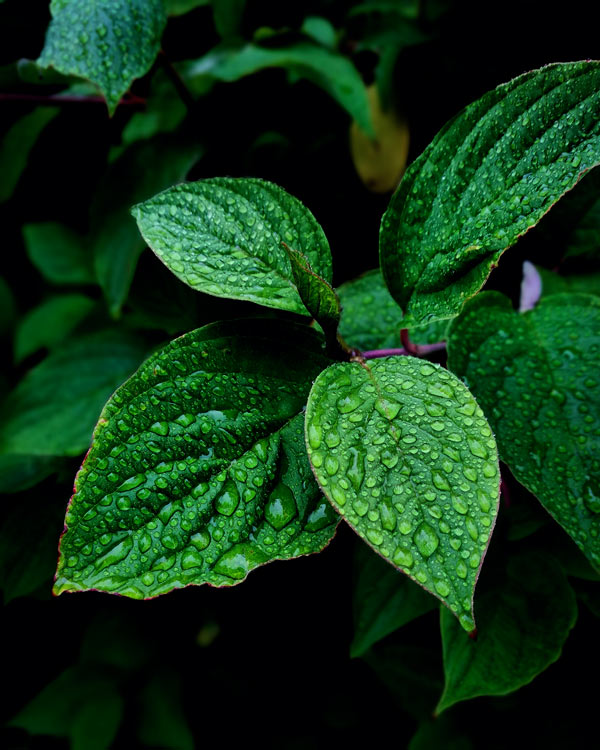
Luckily enough, you can enjoy it from May to October and it’s as subtle in a tabbouleh as in a jug of water to wash down summer fare. Like basil, it will grow happily in a little pot in the kitchen, waiting to be picked. It can be used to liven up a pea salad (with burrata and a few strips of preserved lemon, a delight!). Or a fricassée of raw or cooked courgettes, or in mint sauce to go with a slow-roasted leg of lamb. High in iron, vitamin A, manganese, potassium and vitamin B9, it excels in the fight against digestive disorders as well as migraines and period pain, particularly in essential oil form.
8. Oregano – antiviral
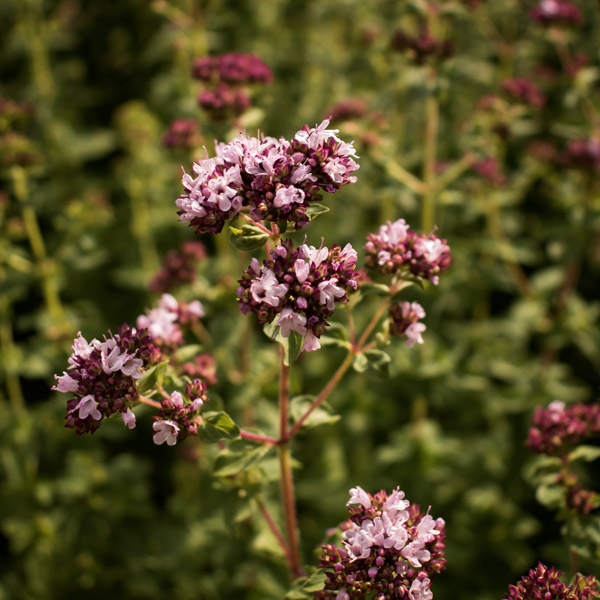
Yes, it still looks like the south! Evocative of Italian fare, it is also a must on a nice pizza. It can be eaten fresh or dried, but we like it blended with high-quality virgin olive oil. With its slightly velvety, greyish-green leaves and its sunny taste, it also has many health benefits. It is antibacterial and is cited as one of the keys to a cancer-fighting diet thanks to its high antioxidant content. High in iron, calcium and manganese, it is also stress-busting and analgesic. Enjoy it all summer long and even into the Indian summer in September-October.
9. Parsley – a kick-start
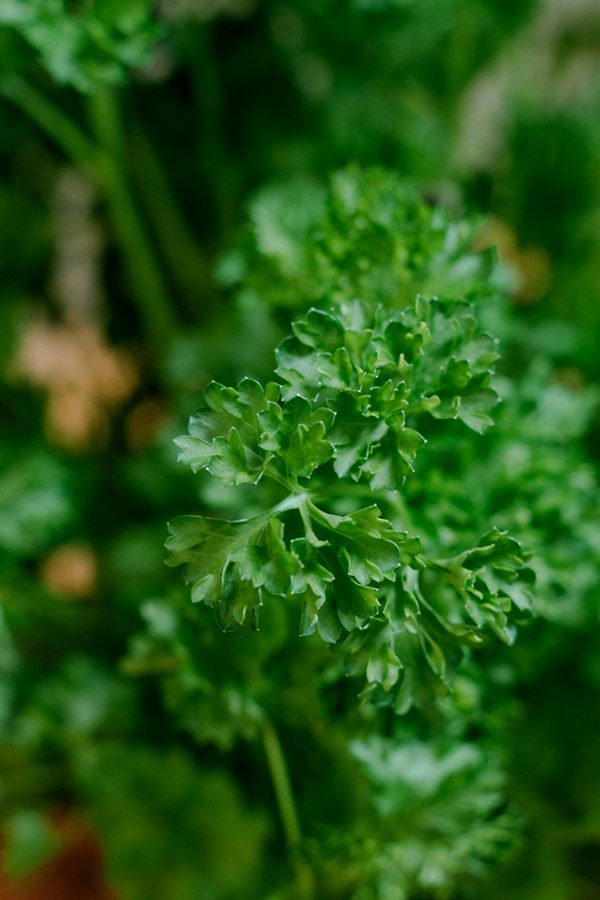
With curly and flat varieties, we could be talking about hairstyles here. Curly parsley has been the King of Garnishes for decades. However, it is kind of losing its supremacy in this area to other more ‘modern’ aromatic plants such as basil and coriander. On the other hand, you can enjoy it in vegetable juices and it is still very popular sautéed in a pan with garlic, green beans and vegetables. Flat-leaf parsley is both subtler and tastier, and goes well with all kinds of hot and cold fare. Both are popular due to their health benefits. “With its vitamin C, B9, K, iron and antioxidant content, it is a real nutritional powerhouse! Parsley is anti-inflammatory, tiredness-busting, gives the body a boost and is excellent for digestion”, says Aurélie. It is also good for the bones and eyes, all year round!
10. Rosemary – a metabolism stimulant

The good news is that it is available all year round. This aromatic Mediterranean plant is recommended as part of all kinds of diets, as the list of its benefits is long! In short, this full, sunny, generous flavour is imparted by the presence of phytochemicals which are a plus for metabolic function. In addition to being a metabolism booster, it is a powerful anti-inflammatory (containing pantothenic acid, thiamine, riboflavin and folate, which are coenzyme precursors involved in cell metabolism).
11. Sage – for the menopause
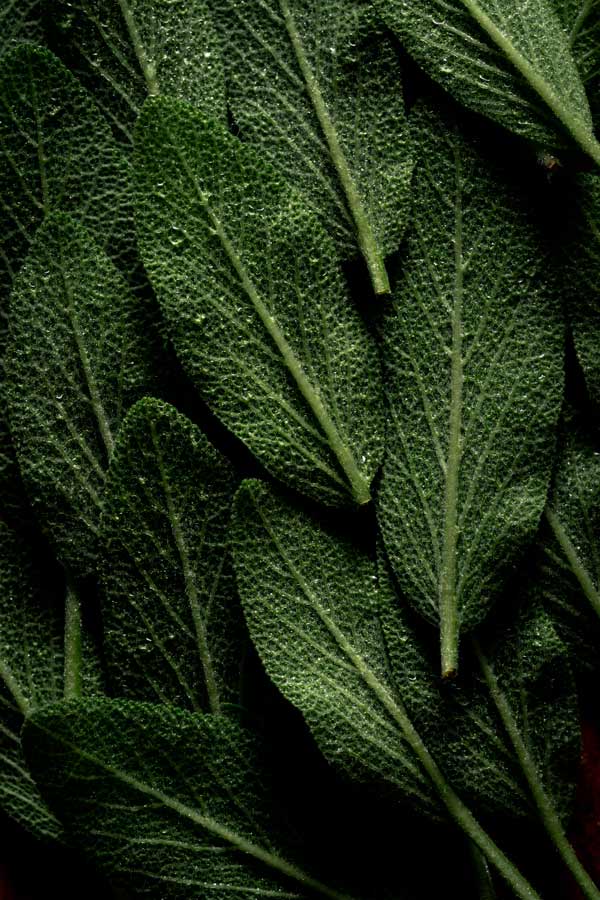
You can enjoy this slightly bitter plant in a marinade for game or pork. Or for a more veggie option, in soups or as a pepper substitute! It is also used as a popular infusion to alleviate menopausal problems, not least hot flushes. A true champion among antioxidants, it is also digestive and antispasmodic (perfect for relieving stomach ache related to the menstrual cycle). Although it is in season from April to June, it is a good idea to dry it to enjoy herbal teas all year round.
12. Thyme – breathe easy !
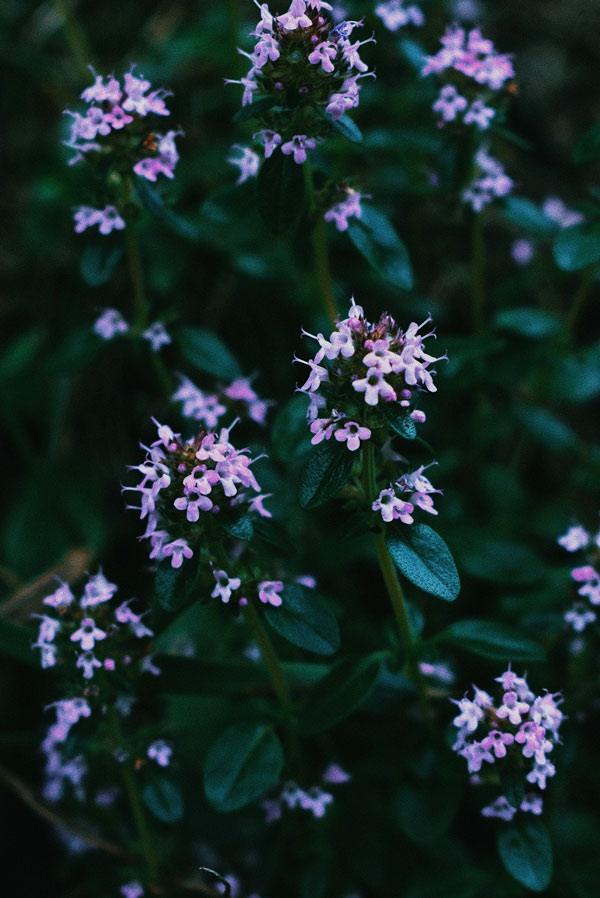
Another aromatic plant that smells of the sun and southern scrubland! And for good reason – it’s everywhere from April to June. Thyme is so much a part of the French culinary tradition that it can be found in sauce-based dishes (including meat and vegetables), pasta and omelettes. You’ll also find it in certain desserts like honey-roasted figs, crème brûlée and crumble. Whether fresh or dried, with its cocktail of iron, manganese and vitamin C, it helps support the respiratory tract, throat, digestive and immune systems. Thyme is perfect as an infusion with a teaspoon of honey to stop persistent coughs.
“And it’s a good idea to combine these plants with spices like cinnamon. That’s the only one I could not do without, and that I would take if could choose only one. It’s so sublime alone and generous when combined with all sorts of aromatic herbs” concludes Aurélie Canzoneri. So, if you’re looking for a good reason to grow herbs in the kitchen as well as the kitchen garden, here you are spoilt for choice!
*The podcast “Le pouvoir des plantes par Arkopharma” (“The power of plants by Arkopharma”) by Aurélie Canzoneri is on French radio station Chérie FM and podcast platforms.
** You’ll find further gourmet healthy eating tips and recipes to explore in Angèle Ferreux-Maegth’s masterclasses at laguinguettedangele and on her Instagram account @laguinguettedangele


